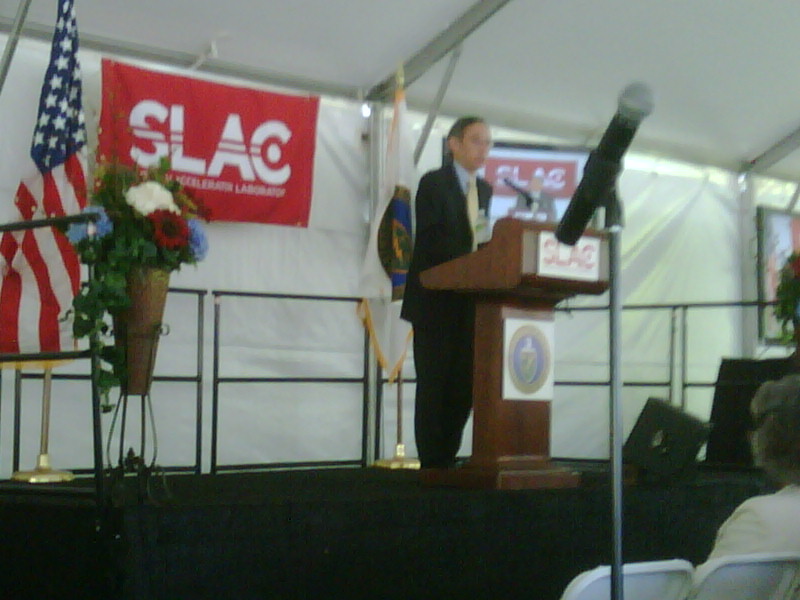“…Hurricanes in August are as much a part of life in this town as hangovers on Ash Wednesday.
But the next day the storm gathered steam and drew a bead on the city. As the whirling maelstrom approached the coast, more than a million people evacuated to higher ground. Some 200,000 remained, however—the car-less, the homeless, the aged and infirm, and those die-hard New Orleanians who look for any excuse to throw a party.
The storm hit Breton Sound with the fury of a nuclear warhead, pushing a deadly storm surge into Lake Pontchartrain. The water crept to the top of the massive berm that holds back the lake and then spilled over. Nearly 80 percent of New Orleans lies below sea level – more than eight feet below in places – so the water poured in. A liquid brown wall washed over the brick ranch homes of Gentilly, over the clapboard houses of the Ninth Ward, over the white-columned porches of the Garden District, until it raced through the bars and strip joints on Bourbon Street like the pale rider of the Apocalypse. As it reached 25 feet (eight meters) over parts of the city, people climbed onto roofs to escape it.
Thousands drowned in the murky brew that was soon contaminated by sewage and industrial waste. Thousands more who survived the flood later perished from dehydration and disease as they waited to be rescued. It took two months to pump the city dry, and by then the Big Easy was buried under a blanket of putrid sediment, a million people were homeless, and 50,000 were dead. It was the worst natural disaster in the history of the United States.
When did this calamity happen? It hasn’t—yet. “
“Louisiana’s Wetlands”. “National Geographic Magazine. October, 2004. pp 88-105.”:http://www3.nationalgeographic.com/ngm/0410/feature5/index.html
Amazing. This was written by Joel K. Bourne, Jr., assistant editor of the magazine, for an issue from last autumn. Here we are, nearly one year later, and this disaster scenario, “one of the most dire threats to the nation, up there with a large earthquake in California or a terrorist attack on New York City”, is playing out as predicted before our eyes.
How is this scenario so well predicted? Observation. Data. Conclusion. Science. Many natural disasters have struck New Orleans: hurricanes of lesser magnitudes, floods. These were but a taste of what Katrina has brought. They were like little snapshots of what a real disaster would bring, and it was not hard to take the hard data and extrapolate to the worst possible scenarios.
The quote from two paragraphs ago is a paraphrase of a FEMA threat assessment of “worst case scenarios” for the United States. I worry that if this disaster was #3, and the response has been so poorly coordinated, how can we possibly handle #1 and #2? It seems, as citizens with a representative government, we have failed ourselves badly.
News reports indicate that conditions on the ground might be improving, thanks to the appearance of more food and water and the continuing efforts to evacuate the city [AP20050902a]. The leadership of the city and the state are some of the harshest critics of the Federal response, saying that the “‘…federal government had bungled the relief effort and let people die in the streets for lack of food, water or medicine.'”
Here is the scariest part of the NG article:
“‘The killer for Louisiana is a Category Three storm at 72 hours before landfall that becomes a Category Four at 48 hours and a Category Five at 24 hours – coming from the worst direction,’ says Joe Suhayda, a retired coastal engineer at Louisiana State University who has spent 30 years studying the coast. Suhayda is sitting in a lakefront restaurant on an actual August afternoon sipping lemonade and talking about the chinks in the city’s hurricane armor. ‘I don’t think people realize how precarious we are,’
Suhayda says, watching sailboats glide by. ‘Our technology is great when it works. But when it fails, it’s going to make things much worse.’
The chances of such a storm hitting New Orleans in any given year are slight, but the danger is growing. Climatologists predict that powerful storms may occur more frequently this century, while rising sea level from global warming is putting low-lying coasts at greater risk. ‘It’s not if it will happen,’ says University of New Orleans geologist Shea Penland. ‘It’s when.’ “
.. [AP200509a] “http://news.yahoo.com/s/ap/hurricane_katrina”:http://news.yahoo.com/s/ap/hurricane_katrina


